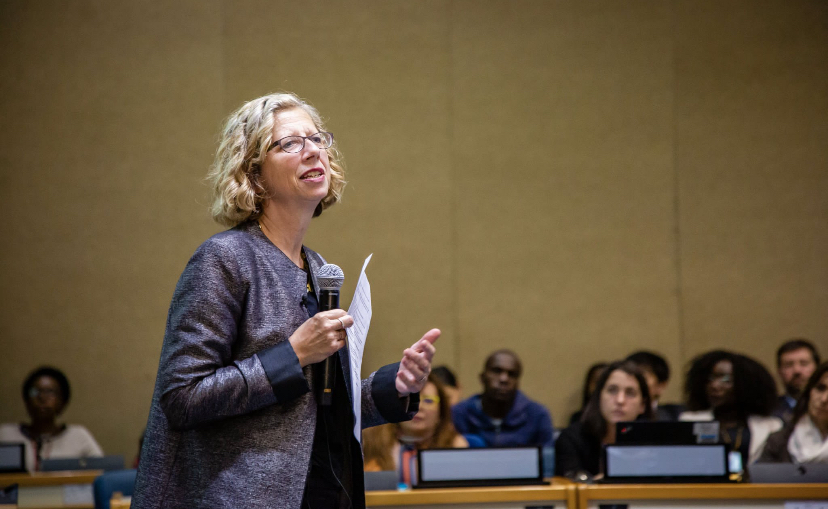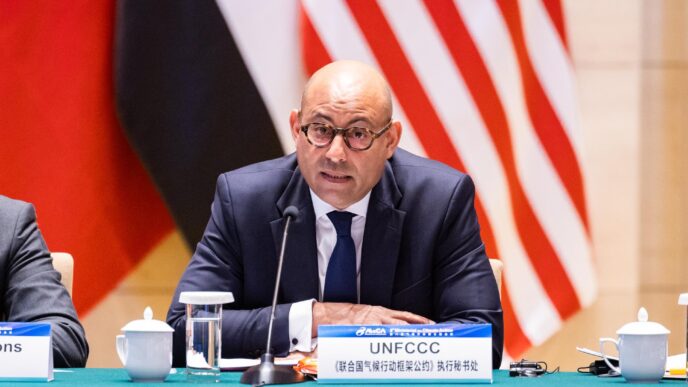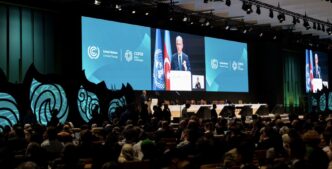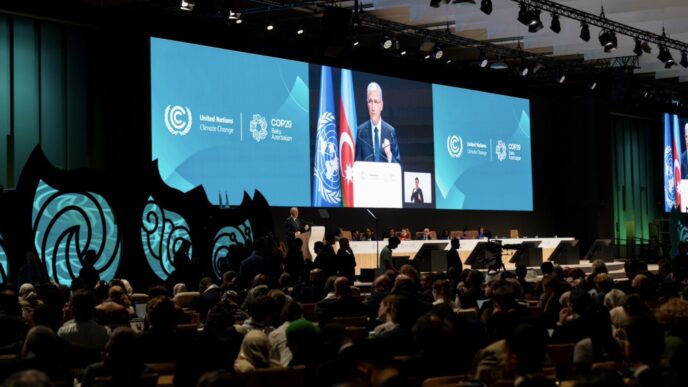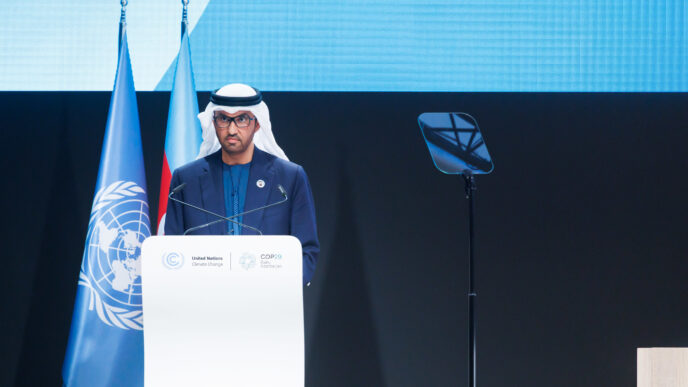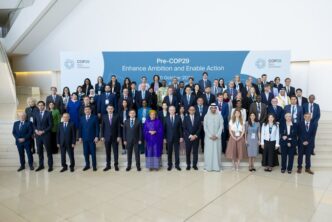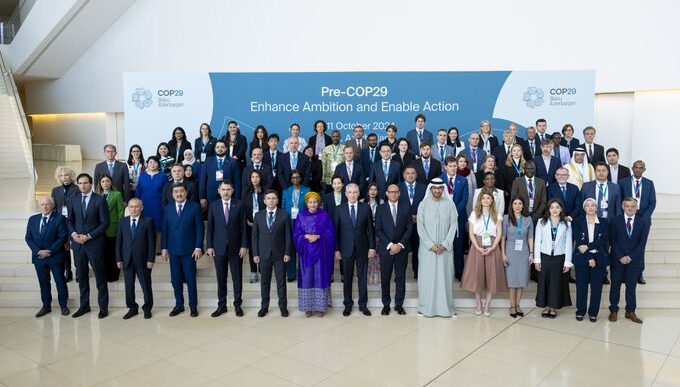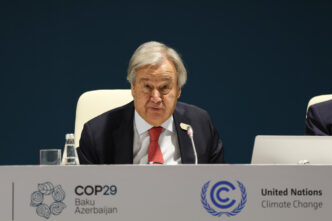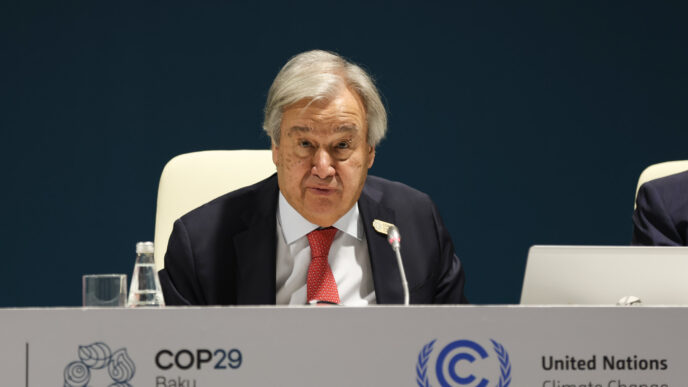File photo of Inger Anderson
The United Nations Environment Programme (UNEP) has warned that the global finance gap for climate adaptation could soar to $359 billion annually.
The UN agency warned that this could threaten efforts to help developing countries cope with the growing impacts of climate change.
In its ‘Adaptation Gap Report 2024: Come hell and high water’ released ahead of the UN climate conference (COP29) in Baku, Azerbaijan, UNEP stressed the urgent need for scaled-up financial support and greater commitment to climate resilience.
The report noted that while there has been some progress in climate adaptation funding, the current pace is insufficient given the escalating risks posed by global warming.
Advertisement
“Climate change is already devastating communities across the world, particularly the most poor and vulnerable,” Inger Anderson, UNEP executive director, said.
“Raging storms are flattening homes, wildfires are wiping out forests, and land degradation and drought are degrading landscapes. People, their livelihoods and the nature upon which they depend are in real danger from the consequences of climate change.”
According to the report, international public adaptation finance to developing nations grew from $22 billion in 2021 to $28 billion in 2022, marking the largest increase since the Paris Agreement.
Advertisement
However, this rise is still far from sufficient to meet the needs of vulnerable countries.
Even if developed nations fulfill the Glasgow Climate Pact commitment to double adaptation finance by 2025, it would only narrow the finance gap by a mere five percent.
The report estimates that the gap for annual adaptation financing could range from $187 billion to $359 billion yearly.
This shortfall comes at a time when developing countries are not only grappling with increasing climate impacts but are also burdened by rising debt, making the need for fair and adequate adaptation support more pressing than ever.
Advertisement
UNEP called on countries to establish a “strong new collective quantified goal for climate finance” at COP29 and to strengthen adaptation elements in their nationally determined contributions (NDCs), which are due in early 2025.
The organisation also noted that while 171 countries have at least one national adaptation plan (NAP), 26 nations—many of them conflict-affected—lack any adaptation plans, hampering their ability to respond effectively to climate risks.
“The potential effectiveness of national adaptation plans from developing countries is mixed,” the report says.
“Countries report progress in implementing their NAPs but find that the scale and speed at which adaptation is happening is inadequate in light of mounting climatic risks.”
Advertisement
UNEP stressed that bridging the adaptation finance gap will require innovative solutions and increased collaboration between the public and private sectors.
The report advocates for a shift from short-term, project-based approaches to more strategic, long-term planning to ensure the necessary scale of adaptation action.
Advertisement
Add a comment
